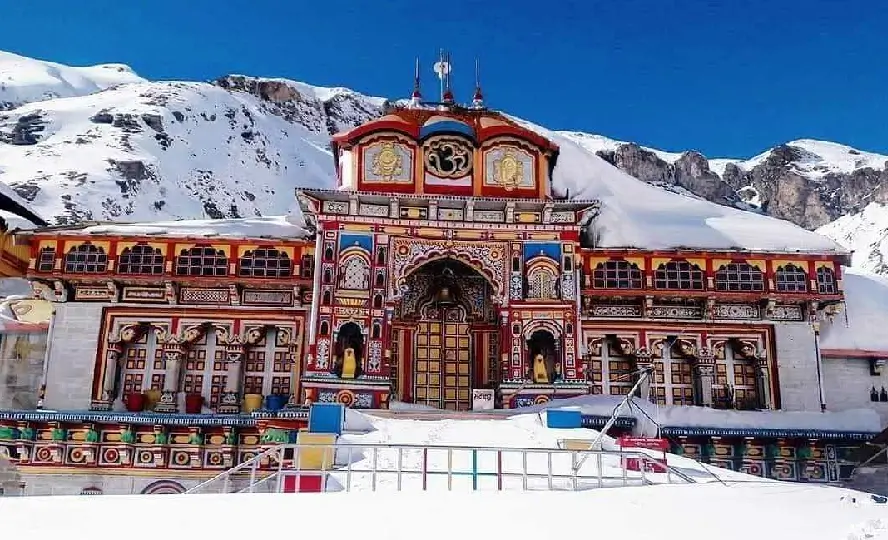
Lord Vishnu Place: Hindu Temple Dedicate to Lord Vishnu. It Is In the town of Badrinath in Uttarakhand India

History of Badrinath Temple
The Badrinath Temple is a sacred Hindu shrine located in the Chamoli district of Uttarakhand, India. It’s Lord Vishnu temple, specifically in his form as Badrinath. Here’s a simple rundown of its history:
- Ancient Roots: The temple’s origins trace back to ancient times. It’s believed that Adi Shankaracharya, a prominent Hindu philosopher, established the Badrinath shrine in the 9th century AD.
- Renewal and Renovation: Over centuries, the temple underwent several renovations and reconstructions due to natural wear and tear.
- as well as damages from avalanches and earthquakes in the region.
- Spiritual Significance: Badrinath holds immense spiritual significance for Hindus, as it’s one of the Char Dham pilgrimage sites. Pilgrims undertake the Char Dham Yatra, which includes visiting Badrinath along with three other sacred sites, to attain spiritual liberation.
- Architecture: The temple’s architecture showcases traditional North Indian temple style, characterized by its tall stone structure.
- intricate carvings, and vibrant colors.
- Religious Practices: Daily rituals and prayers are performe by priests in the temple, following old customs and traditions.
- The temple attracts devotees from all over India and beyond.
- who come to seek blessings and offer prayers to Lord Badrinath.
- Cultural Legacy: Badrinath has been a center of Hindu culture and spirituality for centuries, attracting saints, sages, and devotees. It’s not just a religious site but also a symbol of India’s rich cultural heritage.
- Modern Accessibility: In recent years, the temple has become more accessible to pilgrims due to improved transportation infrastructure. However, it still retains its spiritual aura and remains a significant pilgrimage destination for millions of Hindus.
Route to Go Badrinath Dham (Vishalpuri)
To reach Badrinath, a prominent pilgrimage site in the Indian state of Uttarakhand.
you have a few options depending on your starting point.
If you’re traveling from Delhi:
- By Road:
- Delhi to Haridwar/Rishikesh: Take a bus or train to Haridwar or Rishikesh, both well-connected to Delhi.
- Haridwar/Rishikesh to Badrinath: From Haridwar or Rishikesh, you can take a bus or hire a taxi to Badrinath. The journey takes around 9-10 hours by road.
- By Air and Road:
- Delhi to Dehradun: Take a flight from Delhi to Dehradun, the capital of Uttarakhand.
- Dehradun to Badrinath,
- From Dehradun, you can either hire a taxi or take a bus to Badrinath via Rishikesh or Haridwar.
- By Train and Road:
- Delhi to Haridwar/Rishikesh: Take a train to Haridwar or Rishikesh from Delhi.
- Haridwar/Rishikesh to Badrinath: Proceed by road as mentioned earlier.
- By Helicopter:
- Some helicopter services operate between Dehradun or Haridwar/Rishikesh to Badrinath during the pilgrimage season.
- offering a quicker but more expensive option.
the routes may vary in terms of availability and conditions depending on the time of year, weather, and road conditions. It’s advisable to check beforehand and plan your journey accordingly.
BY Road can be dangerous due to landslides and heavy rainfall more dangerous from joshimath heavy landslides
There is oxygen problem because Badrinath located at a height of almost 11500 feet above sea level.
visitor is affected by sudden low temperature, low humidity, increased ultraviolet radiation, low air pressure and low oxygen problem
About Nar Narayan Mountains
Nar Narayan Mountain is a significant peak located in the Chamoli district of Uttarakhand.
It is part of the Garhwal Himalayas and it is a sacred site in Hindu mythology.
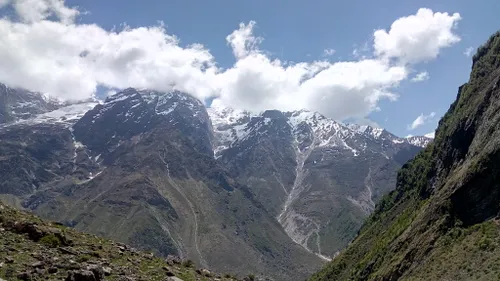
- Nar Narayan Mountain is a significant peak located in the Chamoli district of Uttarakhand, India.
- It is part of Garhwal Himalayas and it is a sacred site in Hindu mythology.
- According to legend, Nar Narayan Mountain is to be the abode of Lord Narayan and his twin brother Nar (Narada).
- Pilgrims often visit this mountain as part of the Char Dham Yatra.
- it includes Badrinath, one of the four major Hindu pilgrimage sites.
- Nar Narayan Mountain offers beautiful views
The Last Village of India(Mana)
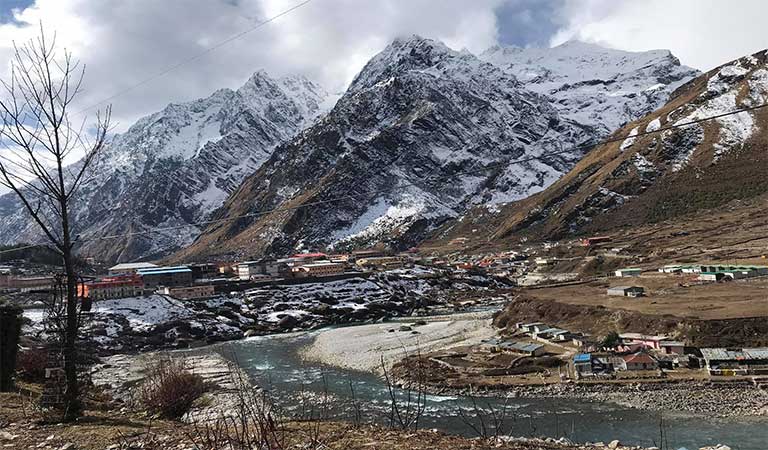
Mana, often referred to as the last village of India
it is a picturesque settlement located in the Chamoli district of Uttarakhand, nestled in the lap of the Garhwal Himalayas. Situated near the Indo-Tibetan border, Mana holds immense geographical and cultural significance. Its remote location, surrounded by towering peaks and lush greenery, adds to its mystique. Despite its small size and rugged terrain, Mana is rich in cultural heritage and tradition. . Mana serves as the gateway to several revered pilgrimage sites, including Badrinath, attracting pilgrims and tourists alike.
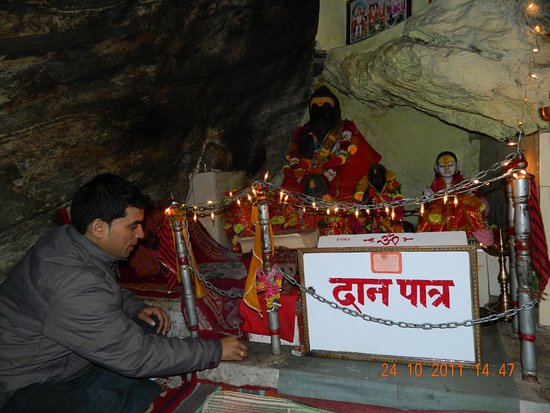
Ved Vyas Gufa, also known as Vyas Cave, is a sacred site in Mana village, near Badrinath, Uttarakhand, India. According to Hindu
people belive that the place where Sage Ved Vyas composed the epic Mahabharata with the help of Lord Ganesha.
The cave is on the banks of the Saraswati River and is a popular site for Hindus.
History and Significance
ved vyas ji gufa is a hindu site …
, a renowned Hindu sage, composed the Mahabharata. one of the oldest Indian scripts. The cave is also believed to be the site where he composed 18 Puranas, Brahma Sutras, and four Vedas. The cave is considered sacred because of its association with the composition of these important Hindu scriptures.
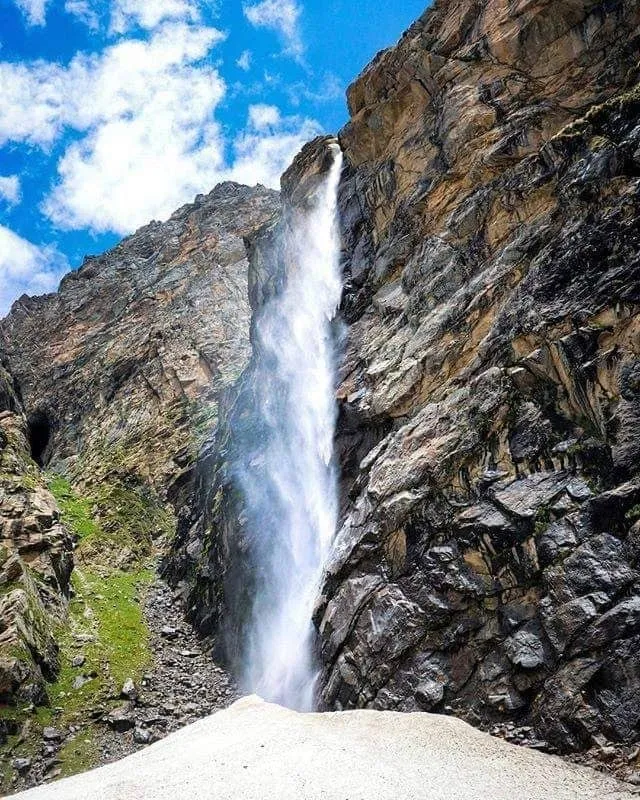
Vasudhara Waterfall is a stunning waterfall located near Badrinath, in the state of Uttarakhand, India.
The waterfall is situate at an altitude of 400 feet (122 meters)
it is surround by lush greenery and snow-capped mountains.
Legend and Mythology
According to Hindu mythology,
Vasudhara Waterfall is believed to be a sacred place, where the eight element gods, known as Asht Vasus, meditate. The waterfall is name after Vasudhara, which means “the path of Lord Vishnu.”
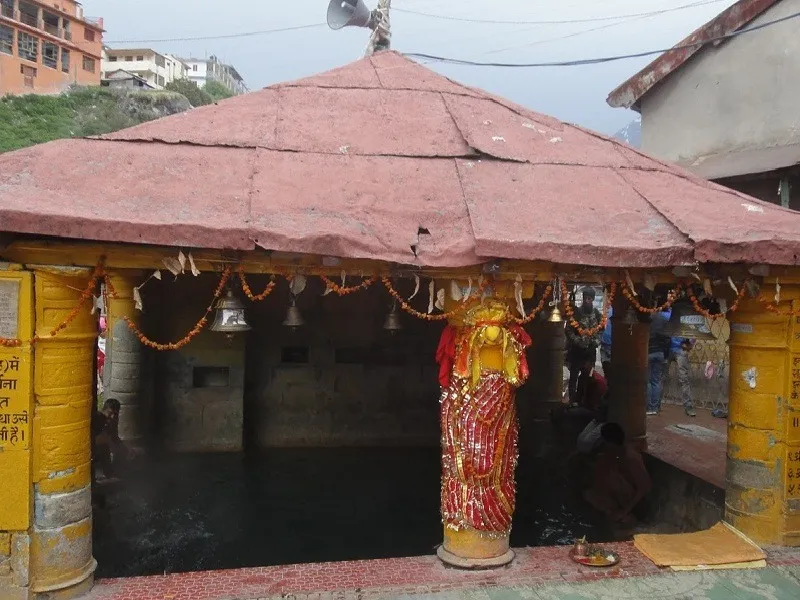
Tapt Kund is a group of natural hot sulphur springs located at the entrance of the Badrinath Temple .
It is believe to be the abode of Lord Agni the fire god, and it is considered a sacres pot for devotees to take a holy bath before worshiping at the temple
Medicinal Properties
The water of Tapt Kund is said to have medicinal properties and is believe to be cure various skin allergies
The temperature of the water is around 55 degrees Celsius
, while the surrounding temperature is much lower, around 9-10 degrees Celsius.


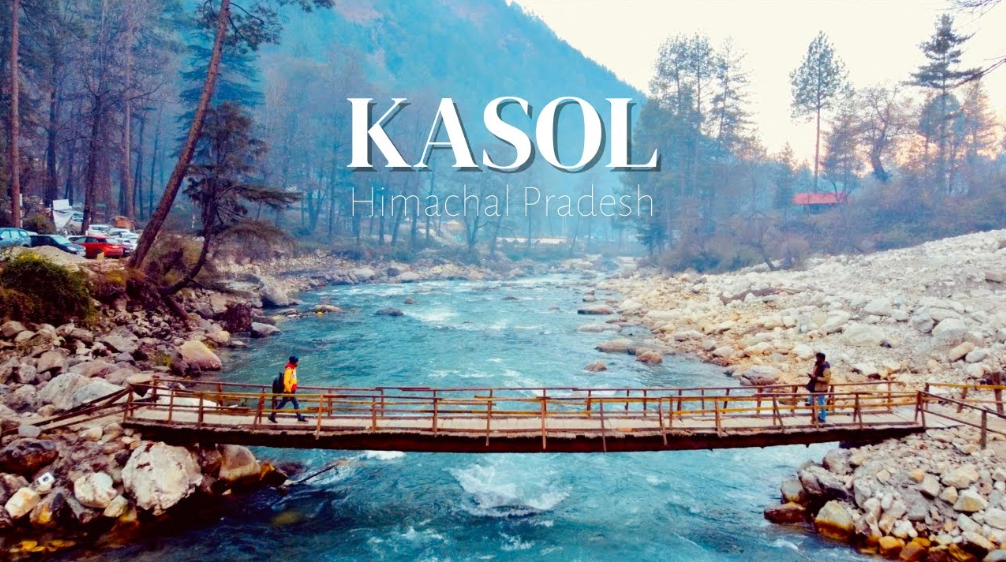



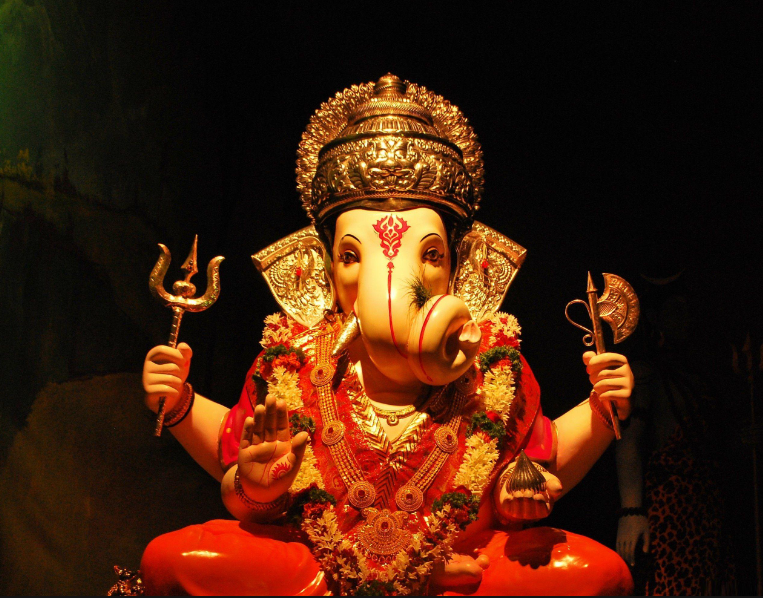
Nice Blogging